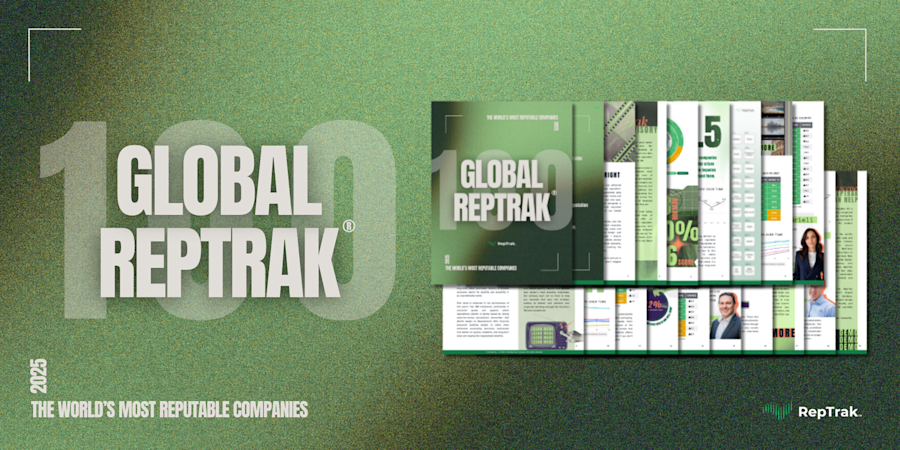How to Become an Employer of Choice
Blog Post04 Dec, 2018
Businesses are increasingly faced with new marketplace realities when it comes to attracting and retaining talent. Globally, unemployment rates are on the decline, turnover is increasing, and both existing and potential employees are looking for new opportunities in an environment of stagnating wages. The latter not only exacerbates a challenging recruiting environment but also signifies a likely increase in companies’ cost to both recruit and retain top-tier employees. But what do companies need to offer to be competitive from an employer perspective—and do they currently meet those needs? The following will provide new insights on how to best measure employer appeal and presents specific strategies on how companies can become an Employer of Choice (EoC).
What makes employees want to work for a company?
While most approaches to assess employer appeal tend to focus on workplace conditions and leadership (Glassdoor, Forbes), our analyses cast a wider initial net. Leveraging our Reputation Model, we considered company characteristics across seven Drivers of reputation, ranging from performance in Products and Services to Financials, Innovation, and Workplace, among others.
To identify the main drivers of one’s willingness to work for a company, we analyzed more than 230K ratings for global companies across the 15 biggest global economies. We first statistically identified the attributes that provided the most predictive value and further reduced these into three different EoC Drivers.
Our data shows that willingness to work for a company is predominantly driven by three different content factors or dimensions:
Responsible Behavior
Sustainable Growth
Products/Services (to a lesser degree)
But how do global companies perform on these three drivers of willingness to work? They are perceived as strongest (71.5) on the least important factor—Products/Services—and weakest (63.5) on the most important one—Responsible Behavior—suggesting that the biggest opportunity in becoming an EoC resides with improvements on societal contributions, ethics, and workplace conditions.
Top employer of choice companies and spotlights
Which companies are currently best equipped to fulfill the requirements of being a responsible employer with attractive future prospects and strong Products/Services? Interestingly, the top ten companies are headquartered in the United States and represent a mix of industries.
Google: High performer - and cautionary tale
The iconic tech company is among the very best from an EoC score perspective—and has strong to excellent scores on all three EoC dimensions. The fact that Google has its lowest performance on Responsible Behavior, makes it more susceptible though to workplace crises that center around ethical behavior. Indeed, Google was recently challenged by allegations around workplace harassment, misconduct, a lack of transparency, and non-inclusive culture. Additional analyses indicate that people aware of these allegations (a third of sampled respondents) rate Google’s reputation 13 points lower than those who do not—a shift from an excellent to merely an average reputation. Even—and especially—large high profile companies need to manage workplace risk and build up the necessary reputation equity to better weather potential crises.
Amazon: Leaving EoC capital on the table
Despite having a strong EoC score Amazon fails to break into the top 10 EoC companies globally. While the company has among the best scores on Sustainable Growth and Strong Products/Services, the digital giant sees a dramatic drop-off when it comes to Responsible Behavior. This likely reflects some of the well-publicized criticisms of workplace conditions and compensation the company has consistently faced—and has been trying to address. A renewed focus on the most important EoC dimension is needed for Amazon to break through as one of the most attractive employers
Uber: A legacy of challenges
Uber’s struggles as an employer are rooted in sexual harassment allegations, employee dissatisfaction, and a perceived toxic workplace culture—hence its short employee tenure of just 1.8 years. Consequently, its EoC score of 61.6 points puts the company in the bottom tier of all sampled businesses—driven by major ethical shortcomings. While its performance on Sustainable Growth and Strong Products/Services are perceived as average, its Responsible Behavior is weak at best. Under its new leadership and through its Moving Forward campaign, Uber is taking steps to improve its culture and has recently announced that it will be rewarding top drivers with extra pay and college degrees.
Key learnings: What can companies do to become an Employer of Choice?
Focus on showcasing examples of responsible behavior and highlighting the promising future of your company.
Improvement of perceptions of responsible behavior is the significant content opportunity to drive traction.
Need to communicate a compelling story to both existing and potential employees—create a competitive advantage by fostering frequent and personally relevant messaging.
Being perceived as progressive is critical in making your company a more attractive employer—but it needs to be aligned with a straightforward and caring workplace culture.
Putting your CEO forward as the embodiment of what the company stands for elevates EoC status—and especially drives the perception of being an employer with responsible behavior.
Sven Klingemann Global Research Manager The RepTrak Company [email protected]
Michele Tesoro-Tess Executive Vice President - Italy & Switzerland The RepTrak Company [email protected]





